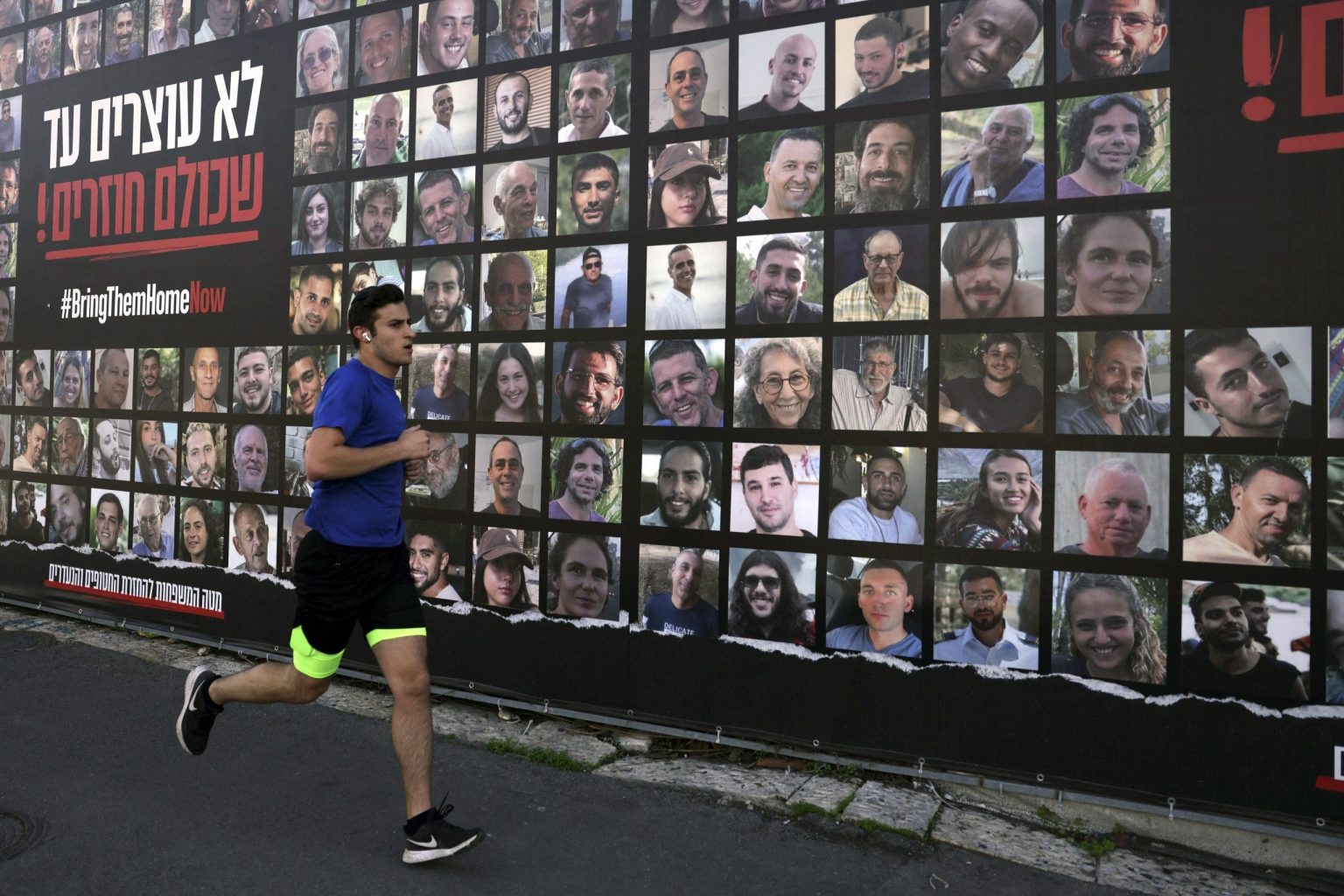The Israeli government, after weeks of intense international mediation, has finalized a landmark cease-fire and hostage release agreement with Hamas, signaling a potential turning point in the conflict ignited by the October 7th terrorist attack. The intricately structured deal, approved by Israel’s security cabinet, involves a phased approach to hostage release and prisoner exchange, coupled with provisions for humanitarian aid and a gradual Israeli military withdrawal from Gaza. The agreement, brokered with the assistance of the United States, Qatar, and Egypt, is set to commence on Sunday with the initial release of three hostages. Both current and former US presidents played significant roles in these negotiations, with both Biden and Trump receiving praise from Israeli Prime Minister Benjamin Netanyahu. Netanyahu specifically acknowledged Biden’s commitment and lauded Trump’s firm stance against Gaza becoming a haven for terrorism. Trump himself asserted his influence in accelerating the agreement process. The deal brings a glimmer of hope to families whose loved ones have been held captive, although some families still face the agonizing wait for news of their missing relatives.
The first phase of the agreement prioritizes the release of vulnerable hostages, including women, children, elderly individuals, and those with pressing medical needs. Among those to be freed are Rumi Gonen, abducted from the Nova music festival, and Shiri Bibas, along with her two young children. Two of the three Americans believed to be alive in Gaza, Keith Siegel and Sagui Dekel-Chen, are also included in this initial release. However, the absence of Israeli-American soldier Edan Alexander from the initial list has sparked concern and been labeled a potential strategic error by some analysts. This initial phase involves a complex exchange, with each released woman or child corresponding to the liberation of 30 Palestinian prisoners. The release of soldiers is tied to the release of 30 life-sentenced prisoners and an additional 20 serving extended terms. The agreement explicitly stipulates that released Palestinian prisoners cannot be rearrested on the same charges and are not obligated to sign any declarations upon release. The deal also addresses humanitarian needs, allowing for a substantial daily influx of supplies into Gaza and the eventual return of displaced Gazans to northern areas under specific security protocols supervised by Qatar and Egypt.
The agreement meticulously outlines a phased release schedule, beginning with three hostages on the first day and incrementally increasing the number over the subsequent weeks. This phased approach aims to ensure the safe return of all hostages and manage the logistical complexities of the exchange. The initial phase culminates on the 42nd day with the release of several long-held captives, including Avera Mengistu and Hisham al-Sayed. The second phase, scheduled to begin on the 43rd day, will focus on the release of young men, soldiers, and the return of bodies, extending for another 42 days. This timeframe will also encompass the initiation of negotiations for the second phase, commencing on the 16th day of the first stage. This structured timeline provides a framework for continued negotiation and aims to maintain momentum towards a full resolution.
The long-term success of the cease-fire hinges heavily on the successful completion of all phases of the agreement. President Biden has publicly stated that the complete withdrawal of Israeli forces from Gaza, signifying a permanent cease-fire, is contingent upon the successful execution of phase two. He further outlined a third phase involving the repatriation of remains and a comprehensive reconstruction plan for Gaza. Prime Minister Netanyahu has reinforced this conditional approach, emphasizing that a failure to achieve the objectives of the second phase would trigger a resumption of Israeli military operations. This clear articulation of the consequences of non-compliance aims to incentivize both sides to adhere to the terms of the agreement.
The deal, while welcomed by many as a significant step towards peace, has evoked mixed emotions, particularly among families who lost loved ones in the conflict. For those whose family members are among the hostages to be released, the agreement signifies the end of a harrowing ordeal. However, for families whose loved ones perished and whose remains are yet to be returned, the agreement brings a bittersweet mix of hope and grief. The Neutra family, whose son Omer was killed by Hamas and whose body remains in Gaza, exemplifies this complex emotional landscape. They express simultaneous joy for the families anticipating reunions while holding onto hope for the return of their own son’s remains. Their trust in the new administration to successfully navigate the intricacies of the agreement underscores the significant political and emotional weight of this delicate process.
This historic agreement represents a significant endeavor to de-escalate tensions and address the humanitarian crisis in Gaza. The phased approach to hostage release and prisoner exchange, combined with provisions for aid and military withdrawal, aims to build trust and pave the way for a more sustainable peace. However, the conditional nature of the cease-fire and the ongoing need for further negotiations underscore the fragility of the current situation. The success of this agreement hinges on the commitment of both sides to uphold its terms and navigate the complex political landscape to achieve a lasting resolution. The emotional toll on families, both those anticipating reunions and those still mourning losses, underscores the human cost of the conflict and the urgent need for a peaceful resolution.

